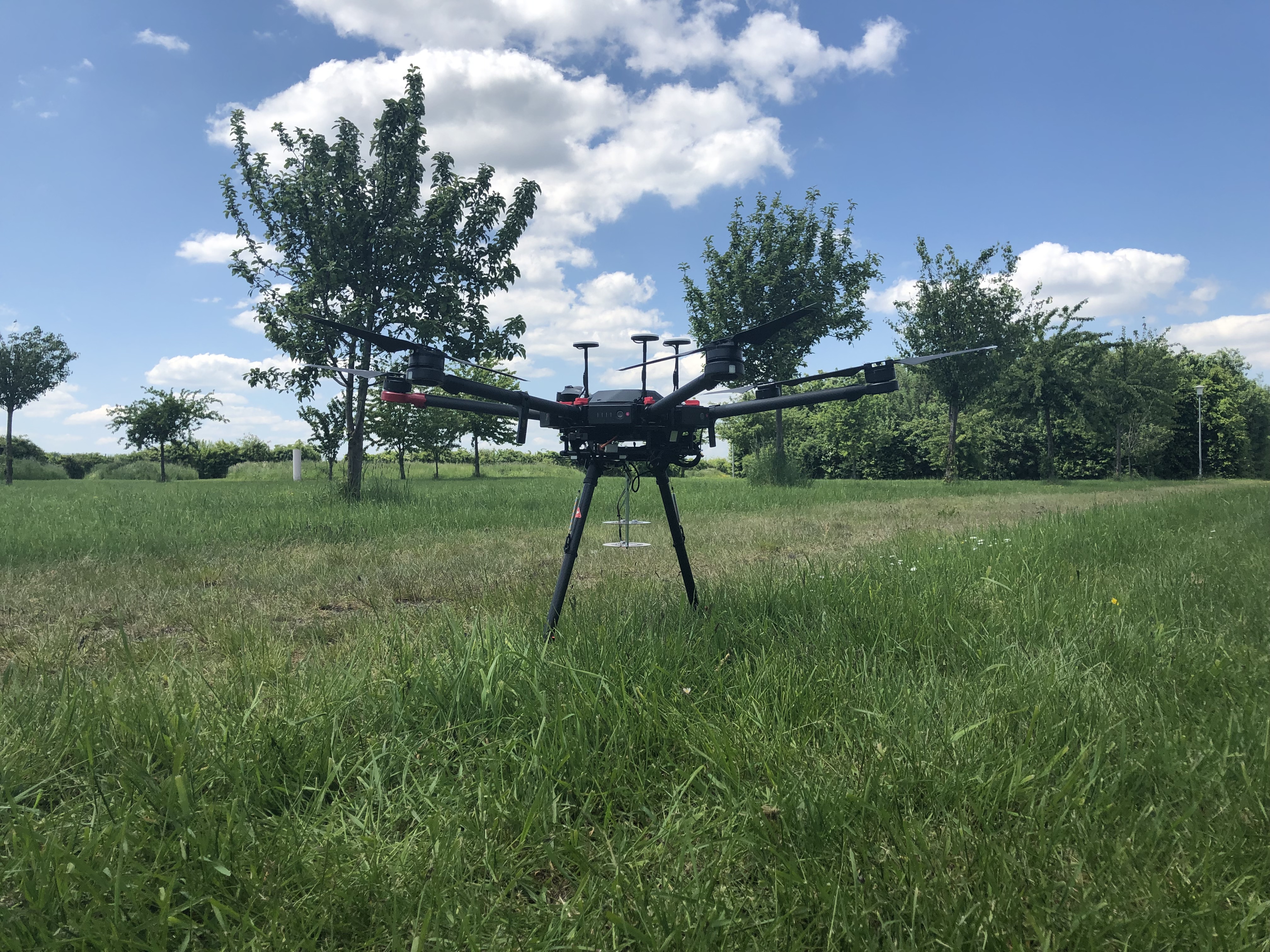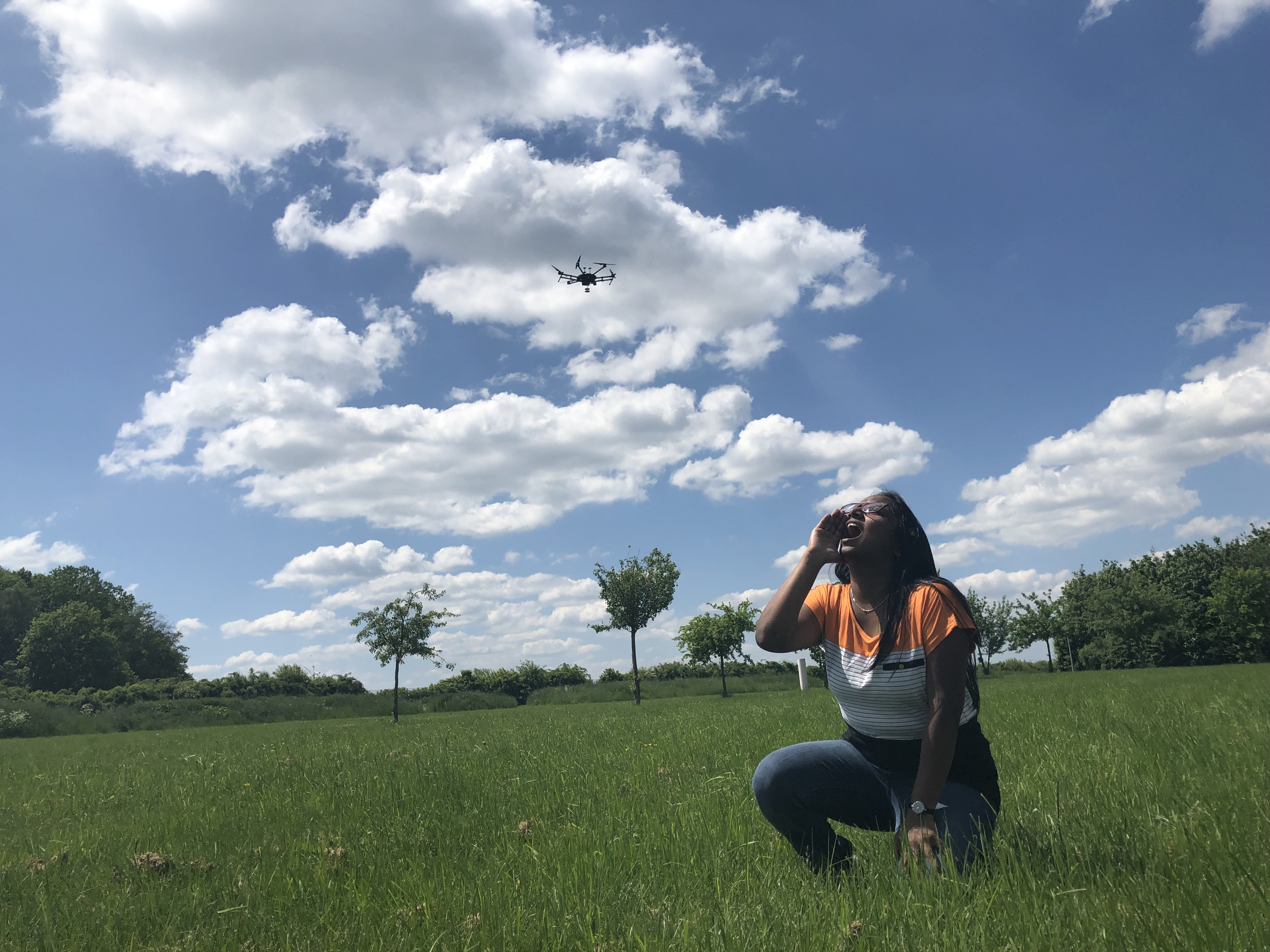LUCY is a system that can be attached to drones to determine where certain sounds, including human calls for help, are coming from. The acoustic sensor consists of an irregular volumetric array of microelectromechanical systems (MEMS) microphones known as a "crow's nest array". MEMS microphones are small, lightweight, inexpensive and, most importantly, powerful microphones used in many devices such as cell phones. These types of microphones have been shown to have sufficient sensitivity to detect impulse-like sounds such as screams. They make it possible to build a small, lightweight, and easy-to-carry system, regardless of the type of drone it is attached to.
The human ear is a sensory organ that picks up vibrations and transmits them to the brain. The brain processes the nerve signals and analyzes the received sound information – things like what direction a sound is coming from and what is background noise. LUCY works in a similar way, using microphones to capture sounds and a signal processing unit to analyze the sound information and estimate the direction of incidence of the sounds generated by casualties.
In the work carried out so far, direction-finding and pinpointing impulse noises have already been successfully tested on a Fraunhofer FKIE experimental system with 32 microphones. Due to the miniaturization of the sensor elements, more MEMS microphones can now be used. Currently, the institute is building a 64-microphone demonstrator, which due to its modular design can use all or just a part of the microphone array depending on the application. Methods developed by Fraunhofer FKIE are being used to optimize both detection range and the accuracy of direction-finding and location capabilities in the irregular geometry design for the microphone array.
An adaptive filter is also currently being designed to distinguish between different types of noise. The aim is to suppress noise from helicopter rotors, for example, or wind and rain in order to better detect impulse sounds such as screams and tapping. Initial versions of this filter have already been tested and have performed very well in detecting impulse-like sounds in the presence of other sounds. At the same time, work is being done to implement improved noise detection using artificial intelligence (AI) signal processing to achieve greater accuracy and reliability. This should make it easier to distinguish between screams and other impulse sounds during detection. Using AI-based methods, however, requires training with reference data.
Finally, the angle of incidence of a sound expressed in azimuth and elevation is determined using a technique called "coherent beamforming". By moving the drone through the air in the right way, a person's calls for help can be detected from different directions, making it possible to pinpoint the exact location of the person by intersecting the lines of bearing from the measured angles of incidence. This function is currently being tested.



